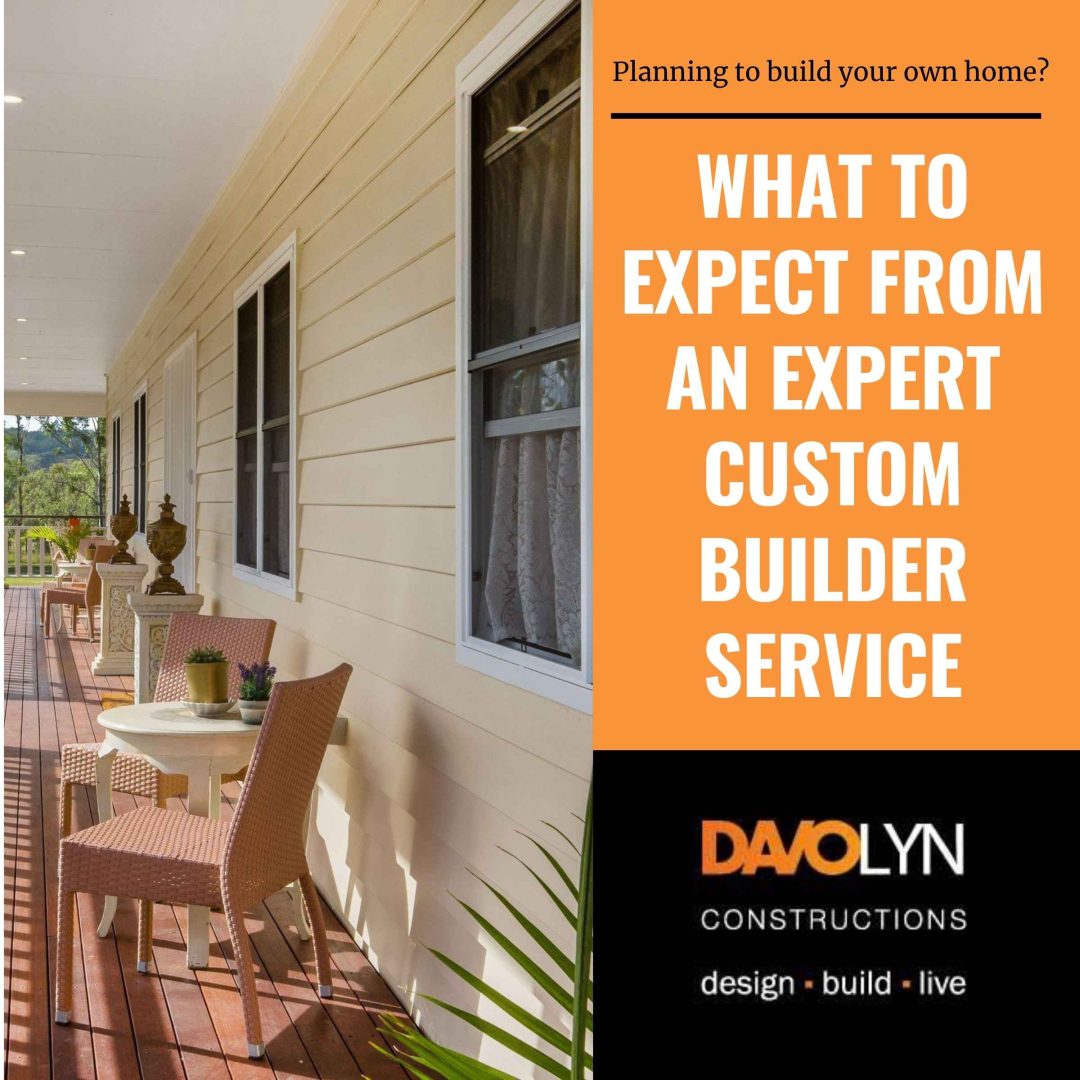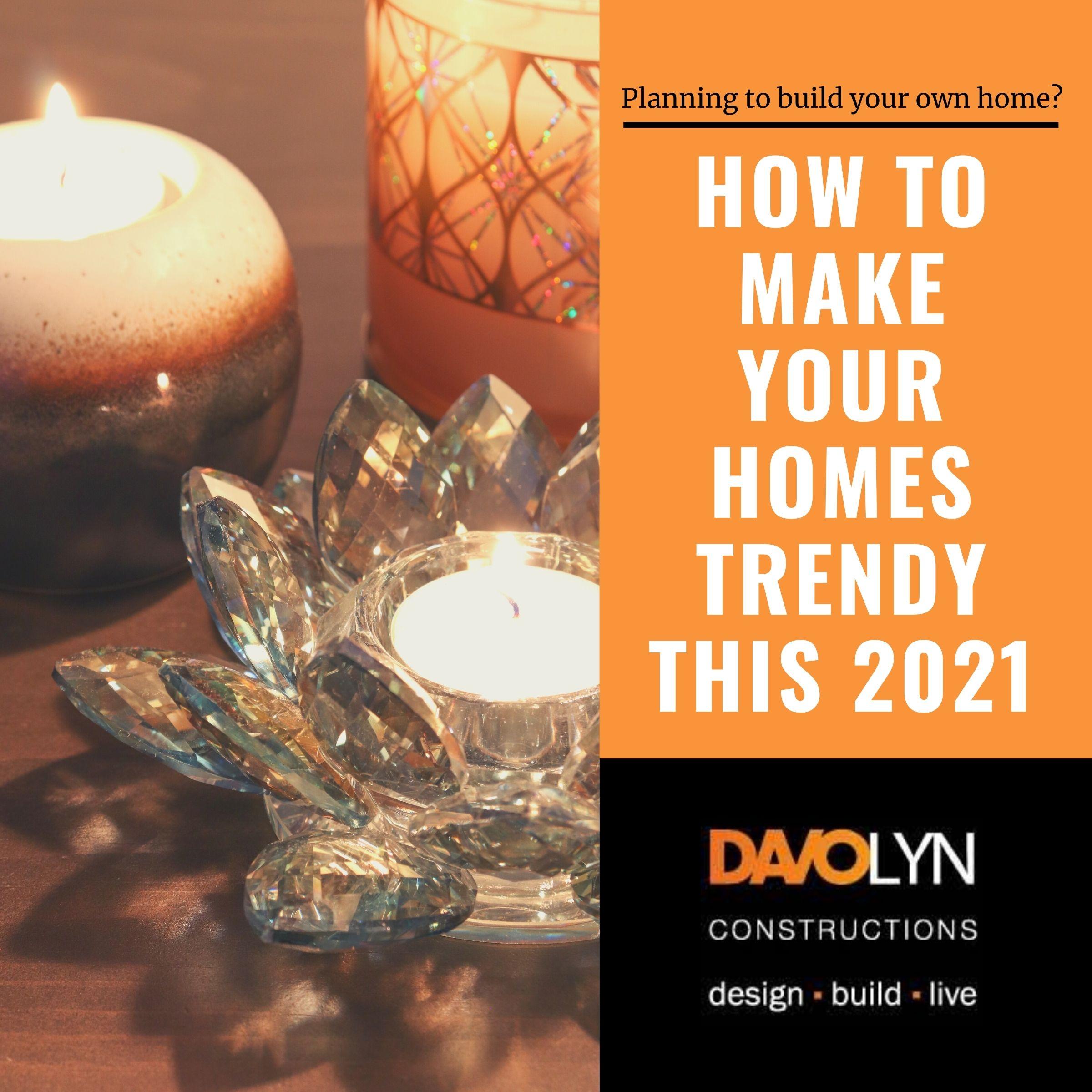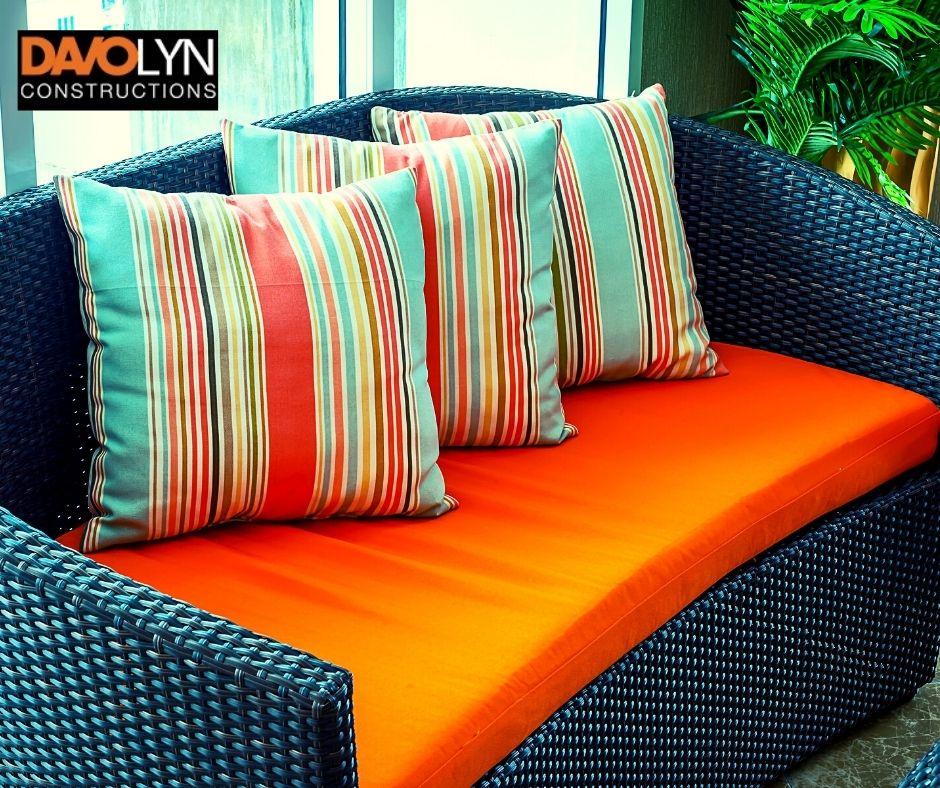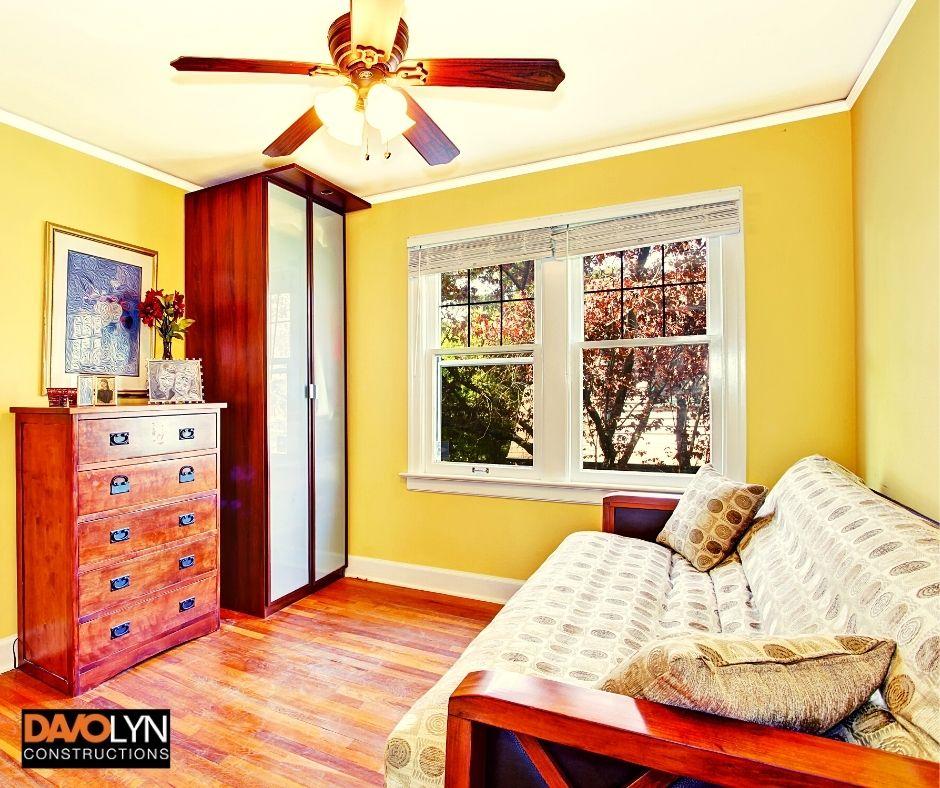
What to Expect from Expert Custom Builder Service in Laidley & Plainland
If you’ve built a house before—especially in a growth area like the Lockyer Valley—you already know the drill. You understand plans, permits, and progress payments. But this time is different: you’re building a luxury custom home in Plainland or Laidley, and you’re paying for a premium, personalised service.
This experience shouldn’t feel like your first build. Your custom builder should respect your knowledge and deliver a service that is smarter, faster, and more detailed. We outline the three key service areas where an expert custom builder must deliver more than you experienced last time, focusing on efficiency, cost control, and superior communication.

Next-Level Pre-Construction and Design Expertise
When you’re an experienced client, the pre-construction phase—the time before any dirt is dug—is where the real value of a custom builder shows. It’s about getting the details right the first time.
How Should a Custom Builder Use My Experience to Streamline the Design Process?
Your custom builder shouldn’t treat you like a beginner. They should use your knowledge to move quickly and efficiently through the design and approval stages.
Beyond Sketch Plans: Design Visualisation and Detail
The days of just looking at flat floor plans are over, especially for a luxury build.
What to Expect: A quality custom service goes beyond basic plans. You should expect sophisticated 3D renders, material schedules, and even Virtual Reality (VR) walkthroughs of your home before the final plans are signed off. This ensures every detail—from the placement of your island bench to the light fittings—is exactly what you want, eliminating costly changes later.
The Difference: Volume builders give you minimal plans until the contract is signed. A custom builder invests heavily in this pre-construction visualisation to guarantee your satisfaction and prevent delays once construction starts.
Sophisticated Cost Management (Value Engineering)
Value engineering isn’t about making things cheap; it’s about making things smart. It means getting the luxury finish you want for the most efficient price possible.
The Builder’s Role: Because you’re a repeat builder, your builder should work with you to review the design and suggest material or structural changes that save money without sacrificing quality. For example, knowing the reactive clay soil in Laidley and Plainland (H2 or E-class) is expensive to manage. A good builder might suggest a slight change in the home’s footprint to minimise the need for an overly complex foundation system, saving tens of thousands of dollars on the slab alone.
The Process: This cost review should be a detailed, line-by-line meeting where the builder provides transparent costs and options for materials, fixtures, and fittings.
Advanced Approvals Strategy
You know that council approval can be slow. An experienced custom builder should know how to navigate the Lockyer Valley Regional Council faster than a volume builder.
Your Advantage: Since you’ve built before, you likely already have your site survey and maybe even a soil test. A custom builder uses this information strategically. They often have established, efficient working relationships with the local Private Certifiers and Council planning departments.
The Result: They should prepare the precise documentation required (including complex engineering for the local soil) to achieve “Properly Made” status instantly, speeding up the overall Development Approval (DA) and Building Approval (BA) timeline.
Communication and Transparency on Site
The site phase is often the most stressful part of a previous build. With a custom builder, your expectations for communication should be much higher. You deserve to know what’s happening, when, and why.
What Superior Communication and Project Management Should I Expect?
Custom builders are selling a personalised service, which means better management and access to information.
Real-Time, Dedicated Site Access and Reporting
You should never have to chase your builder for updates.
Modern Reporting: A luxury custom builder should provide access to a dedicated online portal or mobile app. You should see daily or weekly photo updates of your Plainland site, real-time progress against the schedule, and access to all important documents and certifications.
Site Meetings: Expect scheduled, mandatory fortnightly on-site meetings with your dedicated Site Supervisor. This is time set aside for you to walk the home, ask detailed questions, and approve important placements (like electrical outlets or window heights).
Direct Access to Decision Makers
In a volume build, you often only speak to a low-level site manager. In a custom build, you should expect the opposite.
The Key Personnel: You should have direct contact details for your Site Supervisor, Project Manager, and, crucially, the Director or Principal of the building firm. This ensures that if a high-level issue or disagreement arises, it can be quickly escalated and resolved without bureaucratic delay.
The Principle: You are paying for expertise. That expertise should be available to you when you need it most.
Managing Changes and Site Variations
Experienced clients know that even the most perfect plan might need small changes once the walls go up.
The System: A custom builder should have a rapid, efficient system for processing changes (variations). This system must include a quick, clear quote detailing the cost impact and the time delay for the variation.
The Expectation: Changes should be documented immediately, approved in writing by both parties, and integrated into the project schedule without creating months of unexpected delay. This level of management is critical for maintaining budget and sanity.
The Custom Luxury Difference (The Finishes & Warranty)
The final differences between a standard build and a luxury custom build are seen in the quality of the materials, the expertise of the trades, and the long-term support you receive.
Should a Luxury Custom Builder Offer Exclusive Access and Superior Warranties?
Yes, absolutely. The quality of your builder’s relationships should directly benefit you, the client.
Exclusive Selection and Trade Access
Better Quality Trades: A high-end custom builder relies on a core group of master tradespeople (e.g., cabinet makers, tilers, renderers) who specialise in precision and luxury finishes. They don’t use the cheapest contractor; they use the most skilled to ensure your custom features (like bespoke joinery or integrated lighting) are flawless.
Exclusive Suppliers: Your builder should use their purchasing power to give you access to premium materials and showrooms that might not be available to the general public. This allows you to select unique, high-quality stone, tiles, and fittings, ensuring your Plainland home doesn’t look like any other in the estate.
Concierge-Level Service
The selection process for a luxury home is massive—it can lead to ‘decision fatigue.’ A concierge service prevents this stress.
The Support: Expect a dedicated interior design consultant to manage your selection schedule. This consultant organises and attends meetings with you at various supplier showrooms, helps you maintain your design vision, and ensures all chosen materials arrive on site when needed. This service coordinates thousands of choices so you don’t have to.
The Goal: To make the selection of fittings, fixtures, and colours an enjoyable, guided experience, not a chore.
Post-Handover Excellence
You’ve lived through the end of a build before, and you know minor defects can appear.
The Difference in Warranty: While all QLD builders must adhere to the QBCC Structural Warranty (up to 6.5 years), a quality custom builder goes further. They should offer a detailed, proactive maintenance and service schedule for the first 12 months, checking things like paint settlement, minor cracking (especially on reactive clay sites), and general adjustments.
The Commitment: This post-handover commitment shows that the builder stands behind their luxury product for the long term.
Frequently Asked Questions (FAQ)
To ensure maximum depth and address specific high-level concerns, here are detailed answers to frequently asked questions from experienced builders in the Laidley/Plainland area:
Q1: What is a reasonable build duration guarantee for a complex custom home on a large Laidley block?
A standard project home might be built in 6 to 9 months, but a complex luxury custom home (with unique design features, high-end materials, and complex foundations for reactive soil) typically requires 10 to 14 months from slab down to handover.
Why It Takes Longer: The time is spent on detailed stages: curing the specialised foundation (piers and slab) properly, integrating custom joinery and smart technology, and allowing for the highest quality finishes (like multiple paint coats and detailed tiling). Your builder should provide a firm schedule upfront and be transparent about any delays caused by bad weather or material sourcing.
Q2: What is the main structural difference a custom builder focuses on for Plainland’s soil compared to a standard build?
In Plainland and Laidley, the main focus is on mitigating the impact of highly reactive clay (H2/E-class). A standard builder might use a simple Waffle Pod slab, but a custom builder will likely recommend:
- Deepened Edge Beams: Stronger concrete beams sunk deeper into the ground around the perimeter of the slab.
- Steel Reinforcement: Significantly more steel mesh and bars within the slab to prevent cracking as the soil shifts beneath it.
- Specific Piering: Sinking concrete piers deep into the ground until they hit stable soil, effectively anchoring the house to a deeper, more stable layer. This engineering is complex and requires specific local expertise.
Q3: What specialised advice should I expect regarding hiding utilities or integrating advanced smart home tech?
A luxury builder will treat utilities as a design element, not an afterthought.
Utilities: They should suggest solutions like completely hiding the clothesline, water tank, and bin storage from view of the main living areas, which is important for luxury aesthetics. Your air conditioning units (compressors) should be screened or placed strategically where they can’t be seen or heard from your alfresco area.
Smart Tech: They should coordinate a dedicated electrical plan that includes data cabling (CAT 6), fibre connections, and pre-wiring for security cameras and speakers inside the walls. This ensures your smart home system is invisible and powerful.
Q4: What are the key differences in warranties and post-handover service between a custom builder and a volume builder?
The difference is in proactiveness and detail:
| Feature | Volume Builder | Custom Builder |
| Warranty | Standard QBCC Structural Warranty (up to 6.5 years). | Standard QBCC Warranty PLUS a 12-month proactive service schedule. |
| Handover | Keys handed over; you report defects. | A detailed, mandatory joint inspection is conducted 6 months after handover to catch minor defects. |
| Defects | Defects are fixed, usually by the cheapest available tradesperson. | Defects are fixed by the original, skilled tradesperson who installed the item (e.g., your cabinet maker returns to adjust joinery). |
This comprehensive approach is the signature of a builder who genuinely stands by the quality and craftsmanship of their luxury product.












